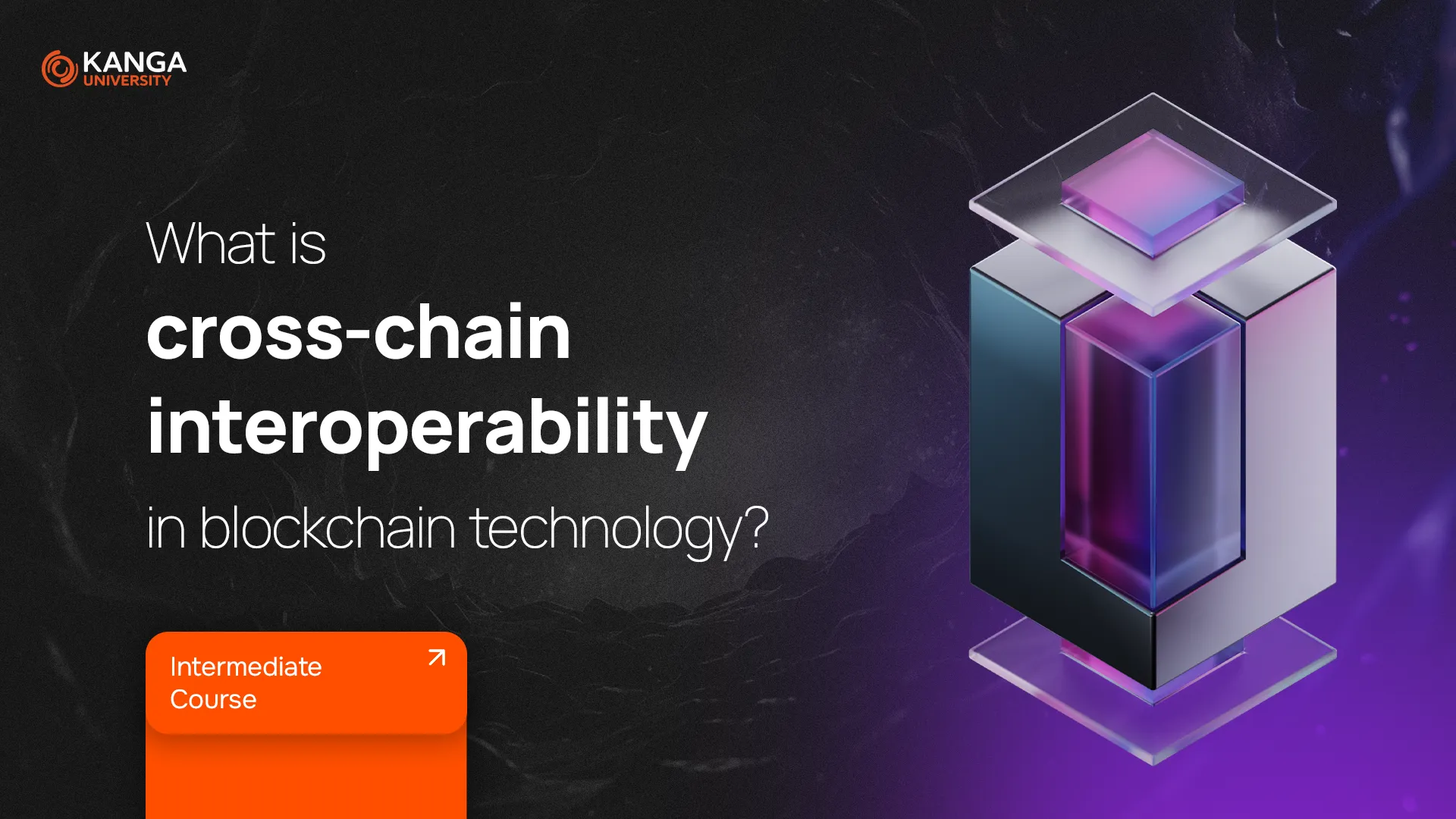
Imagine having a bank account at one institution but being unable to send money to a friend who uses a different bank—sounds frustrating, right? For a long time, that’s how blockchain worked. Each blockchain functioned as a separate “island” without the ability to communicate with others. Interoperability solves this problem, allowing different blockchains to collaborate and exchange information.
With interoperability, you can transfer tokens between different networks, use smart contracts across multiple blockchains, and build applications that take advantage of the best features of different ecosystems.
Why Is Interoperability Important?
There are hundreds of different blockchains, each with its own strengths and weaknesses. However, without interoperability, they remain isolated, leading to several challenges:
- Difficulties in transferring tokens – Users must rely on bridges, which are often slow and vulnerable to attacks.
- Limited functionality for applications – Decentralized apps (dApps) are restricted to a single blockchain, reducing their potential reach.
- Slow adoption of blockchain technology – Businesses and users hesitate to adopt new blockchains if they can’t easily integrate them with existing systems.
What Are the Benefits of Interoperability?
- Seamless transactions across networks – Users can transfer cryptocurrencies without needing intermediaries.
- Greater functionality for applications – dApps can leverage multiple blockchains, combining their best features.
- New business models – Interoperability enables advanced solutions, such as exchanges that support multiple blockchains simultaneously.
- Enhanced security – Instead of storing assets across multiple chains, users can rely on more integrated and secure solutions.
Examples of Technologies Solving the Interoperability Problem
Many projects are working to improve blockchain interoperability. Here are some of the most important ones:
- Chainlink (CCIP – Cross-Chain Interoperability Protocol) – Enables data and token transfers between blockchains using a standardized interface.
- Wormhole – Allows token and data transfers between different blockchain networks like Ethereum, Solana, and Binance Smart Chain.
- Avalanche Warp Messaging (AWM) – A system that facilitates message exchange between different Avalanche blockchains.
- Inter-Blockchain Communication (IBC) – A standard used in the Cosmos ecosystem that allows blockchains to communicate directly.
One notable use case of IBC is Osmosis, a decentralized exchange (DEX) that enables users to trade tokens from different Cosmos-based blockchains seamlessly.
Summary
Cross-chain interoperability is a crucial development in blockchain technology. The more efficiently blockchains can communicate, the more users will benefit from smoother transactions, enhanced security, and new business opportunities.
However, challenges remain—especially concerning the stability and security of these solutions. This is a topic worth following closely, as it will have a massive impact on the future of cryptocurrencies and blockchain applications.